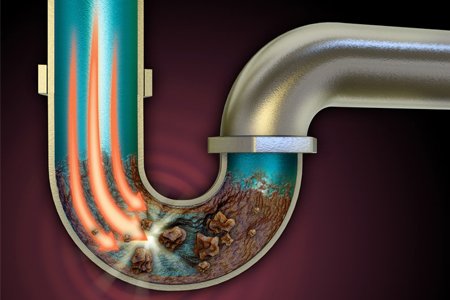Introduction
Water is the source of life, and our bodies can’t work without it. A normal person drinks between 2,000 and 3,000 milliliters of water every day. Water, and how healthy it is, is very important to people. People in cities usually have tap water in their homes. Tap water is water that has been cleaned and sterilized by water treatment plants to meet standards for where people live, how the water is made, and how it is used.

Contamination of Water Pipelines
Domestic water is mostly taken from rivers, lakes, and groundwater by the water intake pumping station of the water factory. Surface water is taken from waterworks and treated according to the “state Family’s Drinking Water related sanitary standard” by filtering, sanitizing, and other technological processes. Each user gets their own pumping plant. Tap water is transported in each family by water pipe but contains too many impurities in tap water, and those impurities often stay in water pipes during the transmission process.
If they stay there for a long time, they can build up and make the pipes thicker. Thick dirt is the most likely to stop a water pipe. It can also help bacteria grow, which has a lot of bad effects. The invention shows how to clean a water pipe and how to use the high-frequency pulse-cleaning machine.

Water Pipe Cleaning Machine
Currently, water supply pipes, like the applicant it, can be cleaned using high-frequency pulse cleaning technology. The equipment covered by the patent is known as a “Multifunctional Pipe Pulse Cleaner,” “High-Frequency Pulse Irrigator,” and “High-Frequency Pulse Cleaning Instrument.”
The idea aims to answer an issue raised in background technology by developing a method to clean water pipes and a means to employ high-frequency pulse cleaning equipment.
The current invention offers the following technical framework in order to accomplish the aforementioned objective:
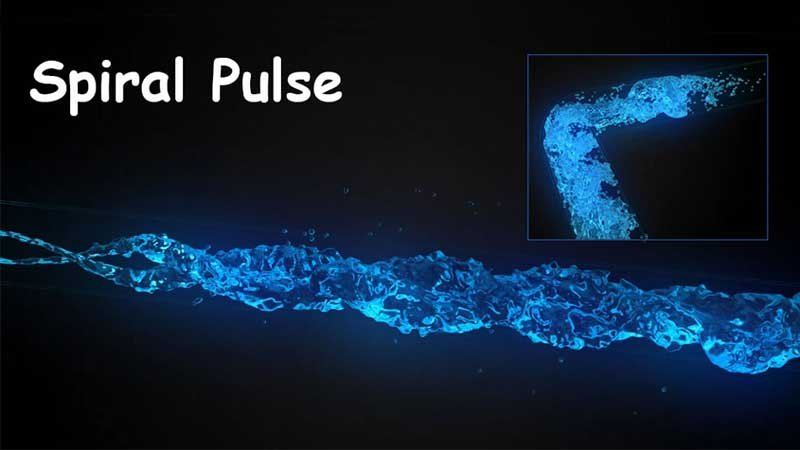
Method for Water Pipeline Cleaning
A method of cleaning water pipelines that entail:
Rubber graphene particles are injected into dirty water pipes using high-pressure gas pulses. Put the water pipe that needs cleaning in a soak of citric acid solution. High-pressure water gas pulses are repeatedly passed through a water pipe to clean it.
Range of Diameter
Additionally, mentioned rubber Multiple layers of graphene and natural rubber are used to create graphene granules. Depending on the substance of the water pipe that needs to be cleaned, its diameter ranges from 0.5mm to 3.5mm.
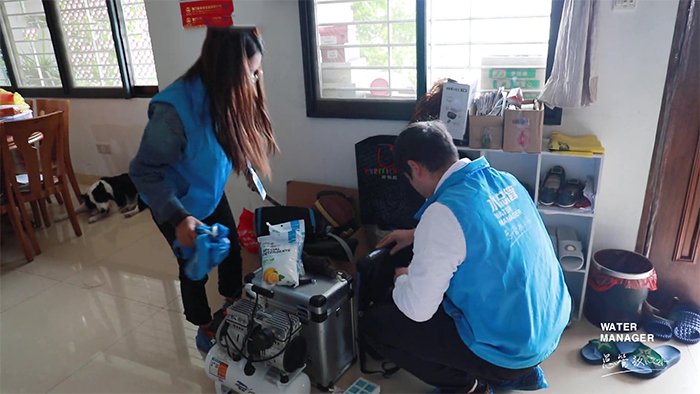
Range of Temperature
The temperature of the citric acid solution should be between 40°C and 60°C when using it for water pipeline cleaning.
Weight of the Solution
By weight, a citric acid solution is composed of the following components: 80–89% water, 1% higher fatty acids, and 10-15% citric acid.
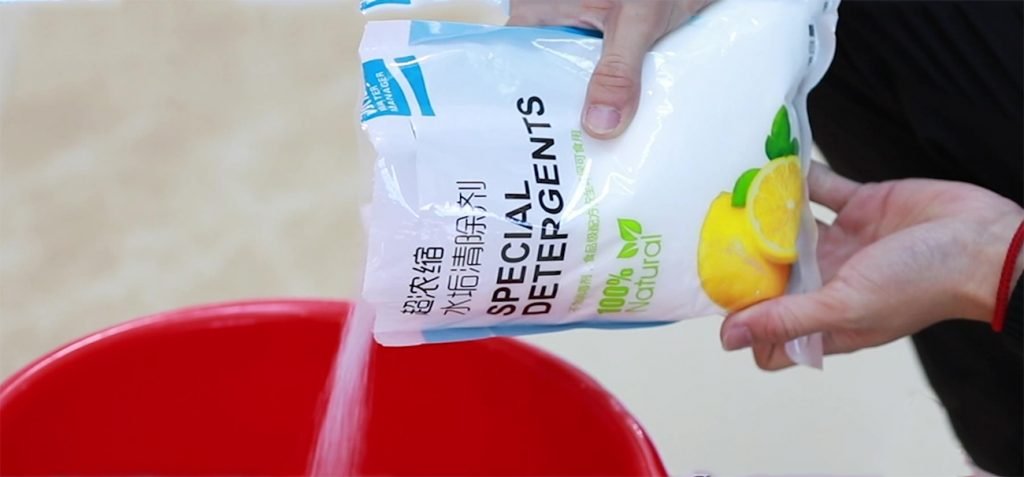
Pressure and Time Used
Atmospheric pressure is used when rubber graphene grains are poured into a water conduit to clean it using a high-pressure gas pulse. Input high-pressure water gas pulses repeatedly to rinse the atmospheric pressure value of the employing and be: 0.3-0.5MPa for 0.5-0.8MPa in the process of cleaning the water pipeline. Inserting a citric acid solution into the dirty water line takes 20 to 30 minutes.
When to Characterize High-Frequency Technique
A technique for employing a specific kind of high-frequency pulse-cleaning machine is also part of the present invention. The following criteria characterize this approach:
Placement of Valves
The family water pipe should be examined, the total water valve and the domestic water equipment’s inlet valves should be closed, and the main valve should be selected. The faucet is next to a work hole.
The starting device will have a leak-hunting function for a water pipe that needs to be cleaned, and the high-frequency pulse-cleaning machine will be attached to a working hole. Detect leaks and perform a test.
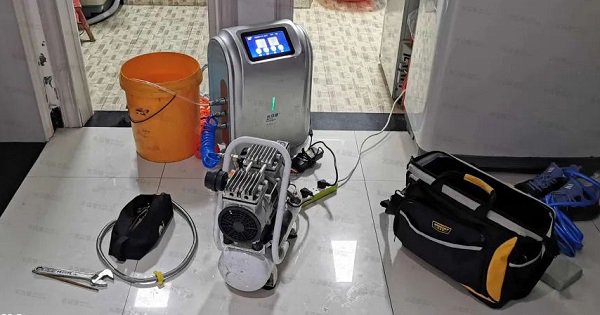
Purpose of High-Pressure Gas
High-pressure gases are employed to create rubber graphene particles, which are then pumped into the water pipe being cleaned using a high-frequency pulse-cleaning device.
Time Taken for the Action
Start the appliance by pouring Fructus Citri Limoniae, a citric acid solution, up the pipe from the farthest hot-water valve from the operating hole. Open each of the other faucets individually and inject citric acid solution once the faucet at the farthest end has been full. Give it 20 to 30 minutes to sit.
The cleaning feature of the appliance repeatedly rinses the water pipe to be cleaned, beginning at the operating hole at the farthest end of the faucet.
Moreover, rubber was discussed. Multiple layers of graphene and natural rubber are used to create graphene granules. Depending on the substance of the water pipe that needs to be cleaned, its diameter ranges from 0.5mm to 3.5mm.
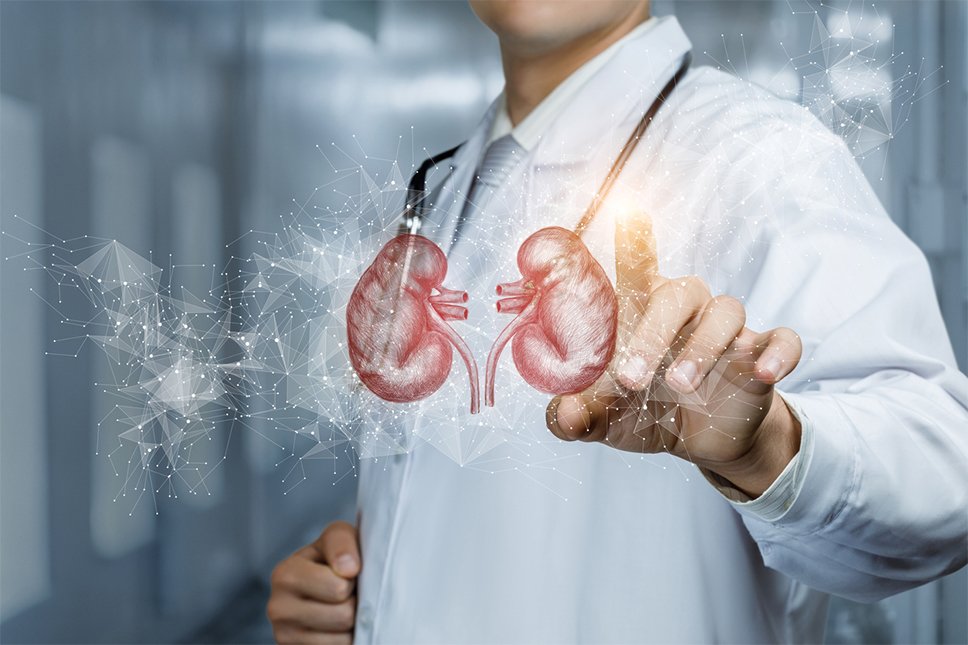
Composition of Citric Acid Solution
The temperature of the citric acid solution is kept between 40°C and 60°C, and the solution is made up of the following parts by weight: 10-15% citric acid, 1-5% higher fatty acids, and 80-89% water.
Also, the atmospheric pressure that high-pressure gas pulse uses when pouring rubber graphene granules into a water pipe to clean it is used. For 0.5-0.8MPa, in the water pipe to be cleaned, input high-pressure water gas pulse repeatedly rinse the atmospheric pressure value of employing and be: 0.3-0.5MPa。
The material used in the present invention is the media-resistant characteristic of natural rubber.
Natural rubber is better at resisting alkalines than it is at resisting strong acids. It also melts easily in strong acids.
Advantages of Graphene
Additionally, due to graphene’s extreme sharpness, it may be utilized to cut objects with the sharpest knives delicately. Your body will suffer from bacteria, and you will die right away. Contrarily, antibacterials can consume minute quantities of graphene in “poop,” which causes the bacteria to perish slowly. As you can see, graphene has a sterilizing impact on things physically. Additionally, graphene has the best and longest-lasting capacity to attach to objects.
Comparison of Different Methods
In contrast to how water pipes are currently cleaned, the method of the present invention involves first passing through stone and natural rubber. High-pressure gases are used by the ink alkene-derived rubber graphene granule to strike a water pipe’s inside. Additionally, it employs rubber Graphene granules to strike the tube wall of a water pipe, causing the coarse-grained filth inside to disintegrate and spill out.
Once more, by injecting a citric acid solution, you may use the acidity of the solution to balance out the rubber’s alkalinity and allow the remaining graphene grains to adhere to the inside of the pipe completely. Profit In the sterilization of pipe inner wall enterprise, the sterilization softening component in citric acid is entirely absorbed by the adsorption ability of graphene and softens dirt.
Dirt; the final pulse lavage of that water pipe uses stone and softens and sterilizes the dirt before redistributing clean water. The alkene ink’s natural physical sterilizing function causes physical harm to any residual bacteria in the pipeline once more, yielding positive developing results.
How to clean the water pipes in your home?
Following are the methods by which you can clean water pipes in your home.
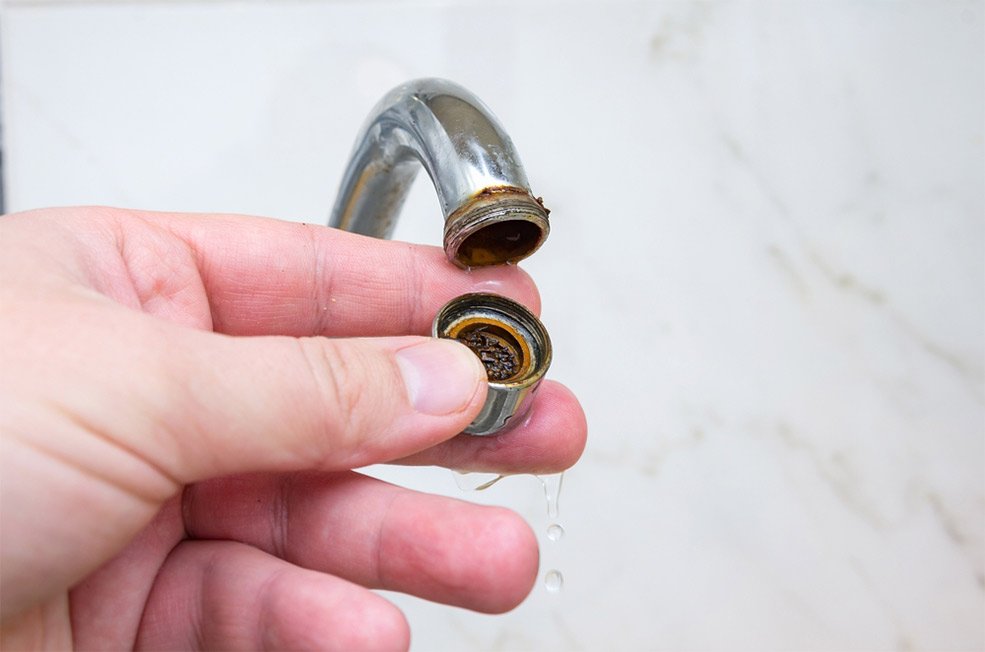
Hot Water Technique
For each drain, you need to clean and fill at least one pot with hot water. Your home’s water supply should be cut off. Cut off the water’s heating. To clear the pipes, turn on the faucets. Flush the toilets after letting the water drain from them. Deactivate the faucets. Fill your pipes with the selected drain cleaner (more on that later). Allow enough time for the cleanser to do its job. A natural cleanser can take several hours, but a chemical cleanser might just take around 15 minutes. Pour the boiling water down your drains after bringing the pans to a boil. Restart the water heater and the water lines. Turn on all of your faucets at once so that the calcium deposits in your pipes that you just dislodged will pour out of your faucets.
Natural Method by Using Vinegar
Using vinegar and baking soda together is a typical and natural method of removing calcium deposits from pipes. Make your own drain cleaner by combining a few gallons of vinegar with a few cups of baking soda.
Usage of Vinegar and Water
While the most well-known natural remedy is vinegar and water, different manufacturers have provided a few additional ideas for homemade drain cleaners made from pantry essentials. There are many options to think about if you’d prefer a more natural approach because there are also new cleaners on the market that assert to introduce helpful bacteria into your pipes to eat away at clogs rather than using harsh chemicals.
Disassembling of Pipes
It might be necessary to disassemble your pipes and immerse them in the cleaning solution if flushing your water lines and removing the scale from your pipes don’t work. Worst case scenario, you’ll need to get new ones.
Using Chemical Cleaners
To heat up the pipes and dissolve the scale, the majority of chemical cleaners employ acid, bleach, or lye. These cleaners can offer a quick and simple solution, but they can also introduce new issues.
The disadvantage of Using too Much Chemical Cleaner
These chemicals’ caustic properties can cause the plastic to soften, which is extremely harmful to PVC pipes. If your pipes are old and have a lot of corrosion, it can eat away at the corrosion, which could lead to a hole in your pipe and a leak rather than slow flow caused by calcium accumulation.

Precautions to Take with Chemical Cleaners
You must use caution while using chemical cleansers, wear protective gear, and strictly adhere to all instructions. You cannot use chemical cleaners if your water is from a well since the chemicals will contaminate the water.
Conclusion
It is only natural for the water pipelines to get contaminated or clogged. The techniques mentioned above will surely clean them, and the water will pass through them without hindrance or contamination.

